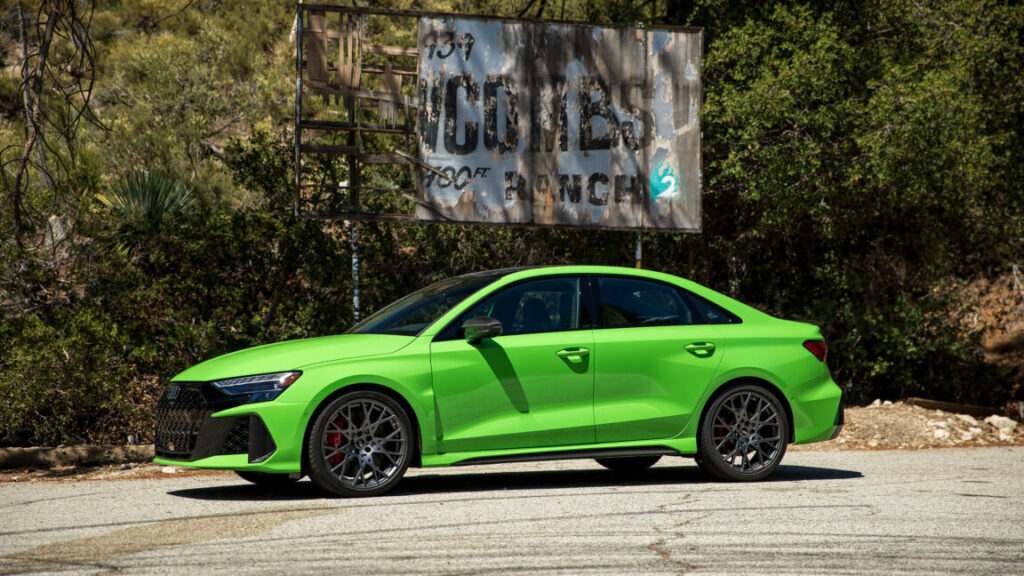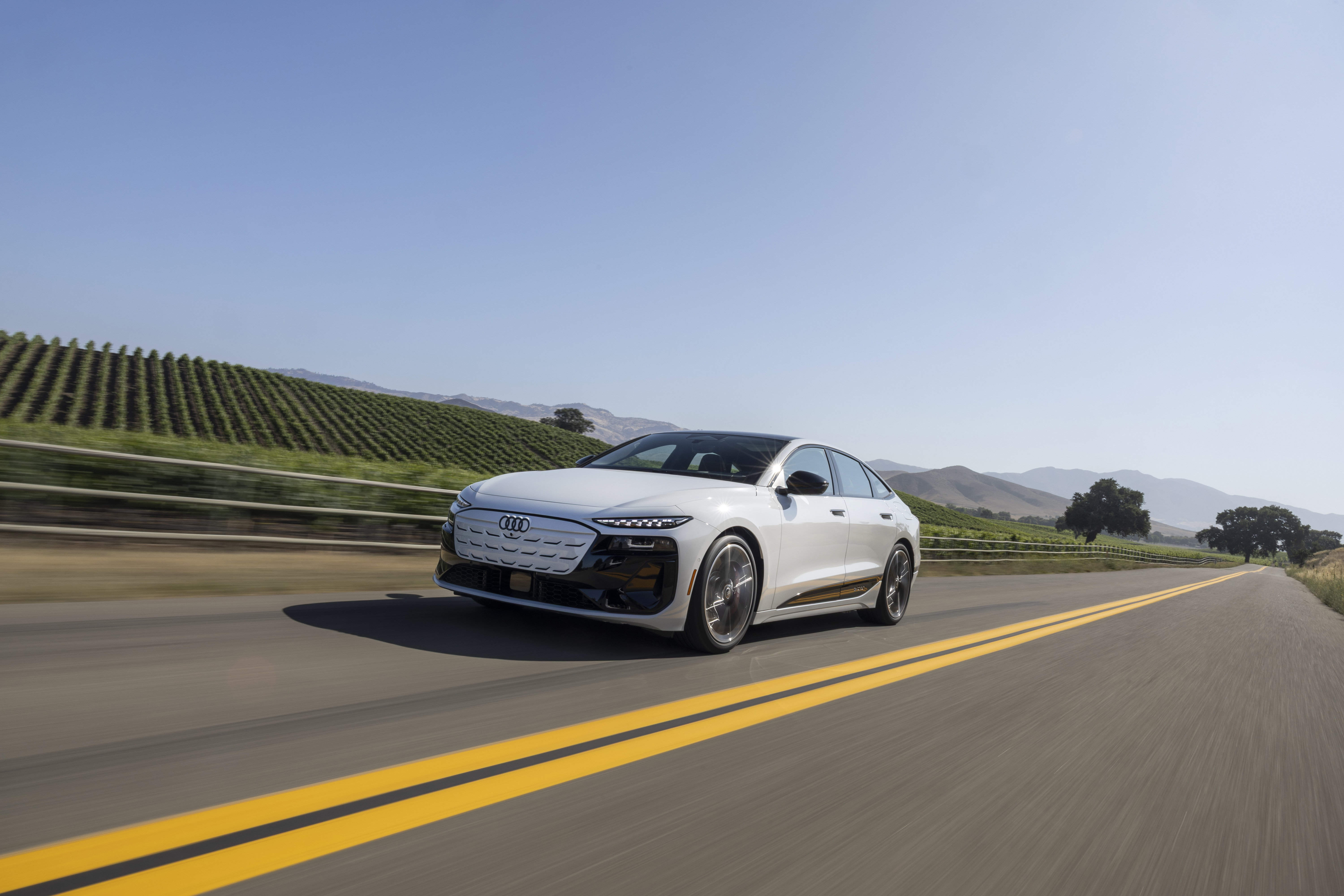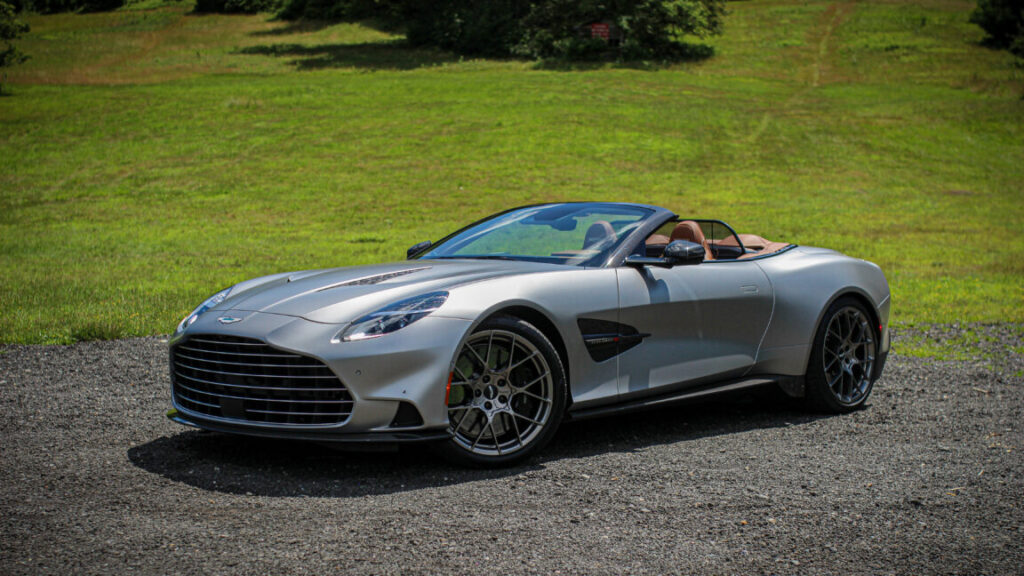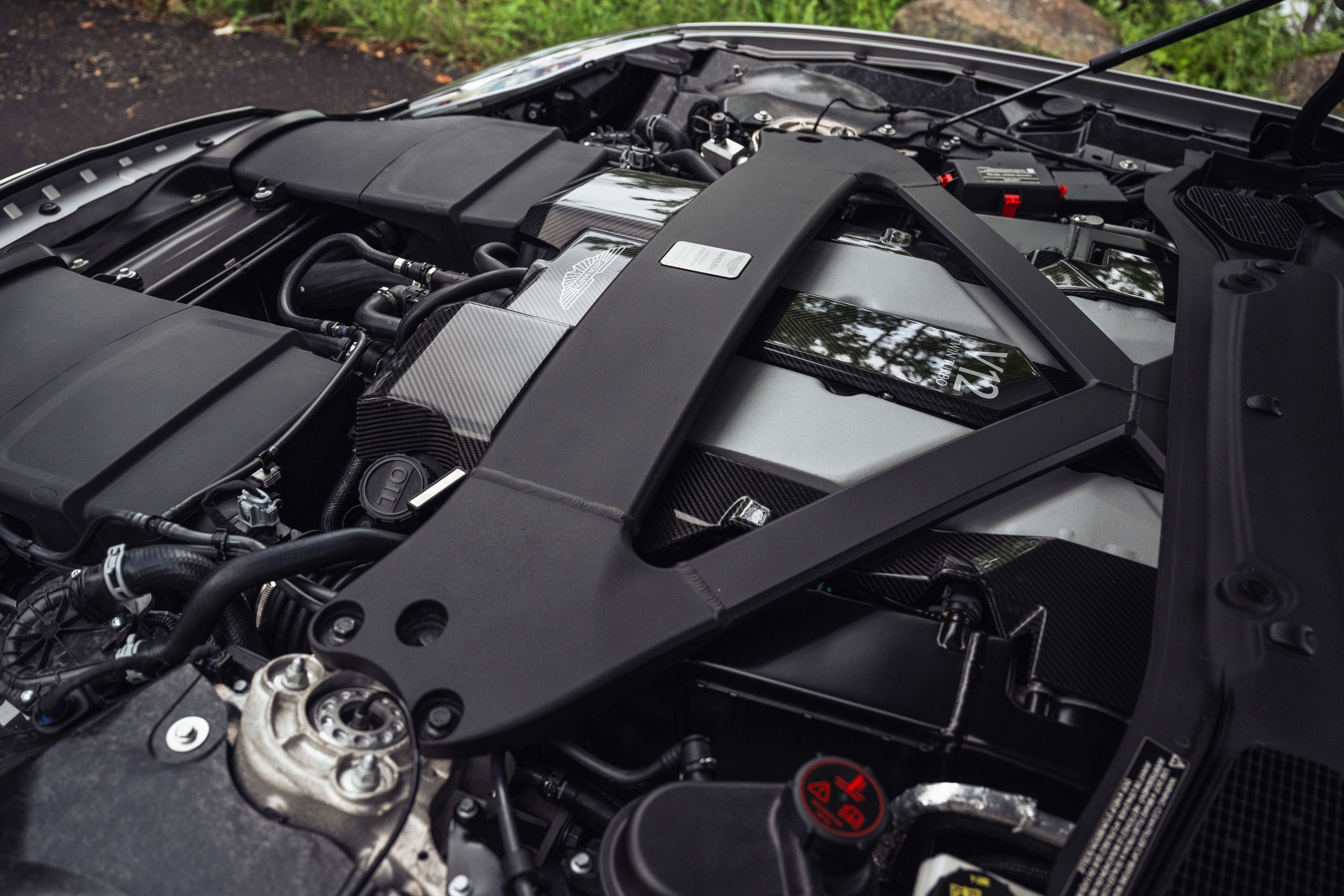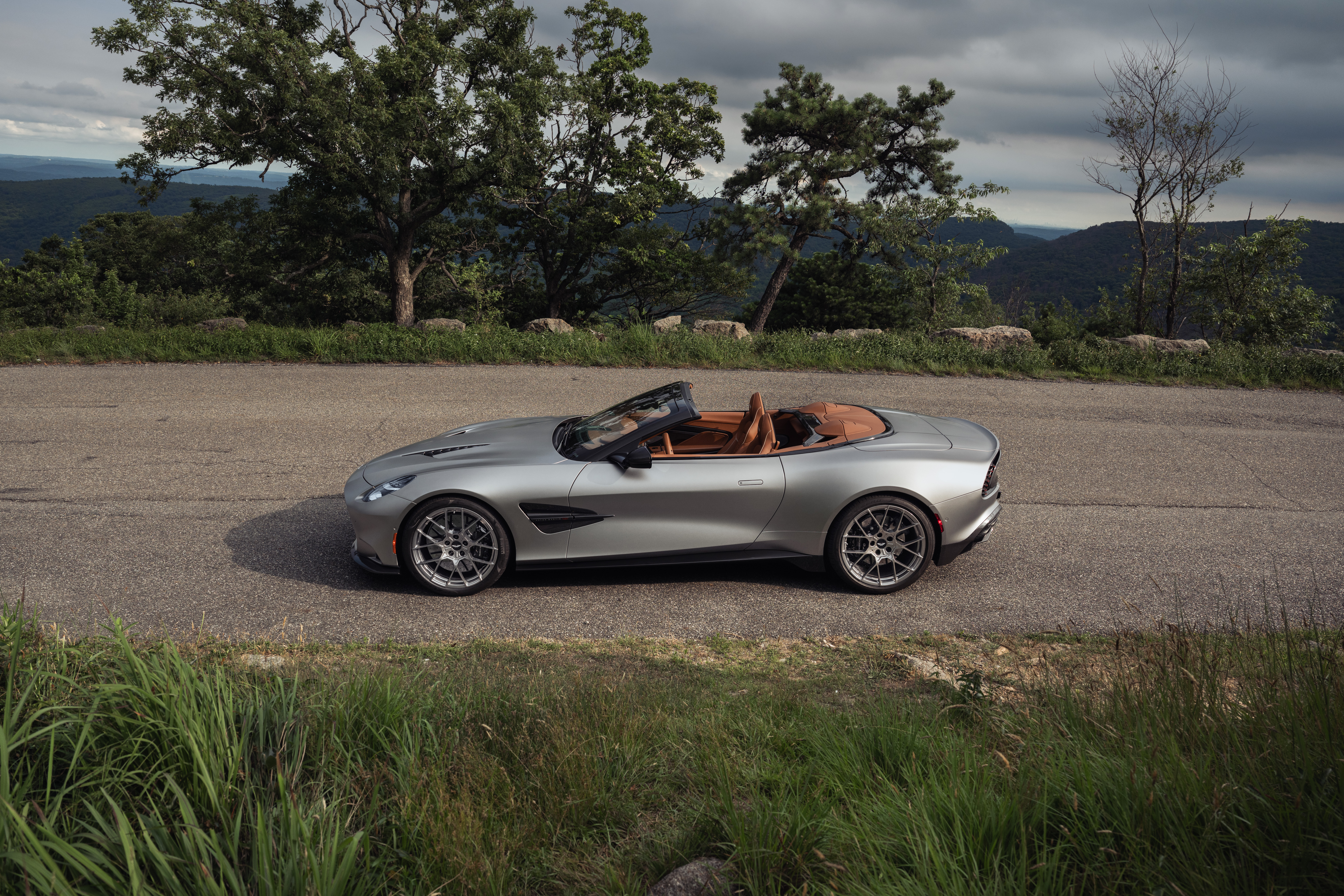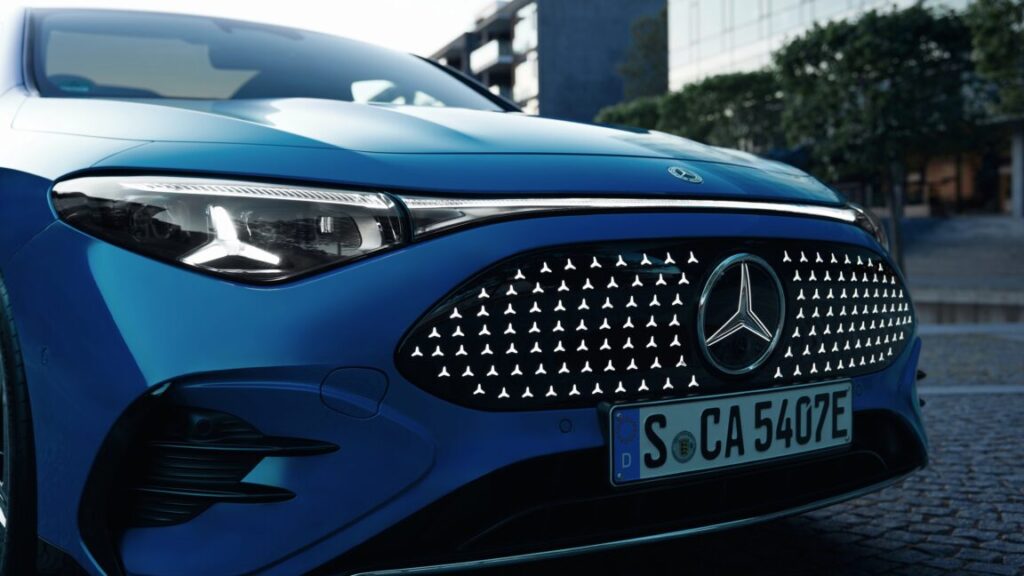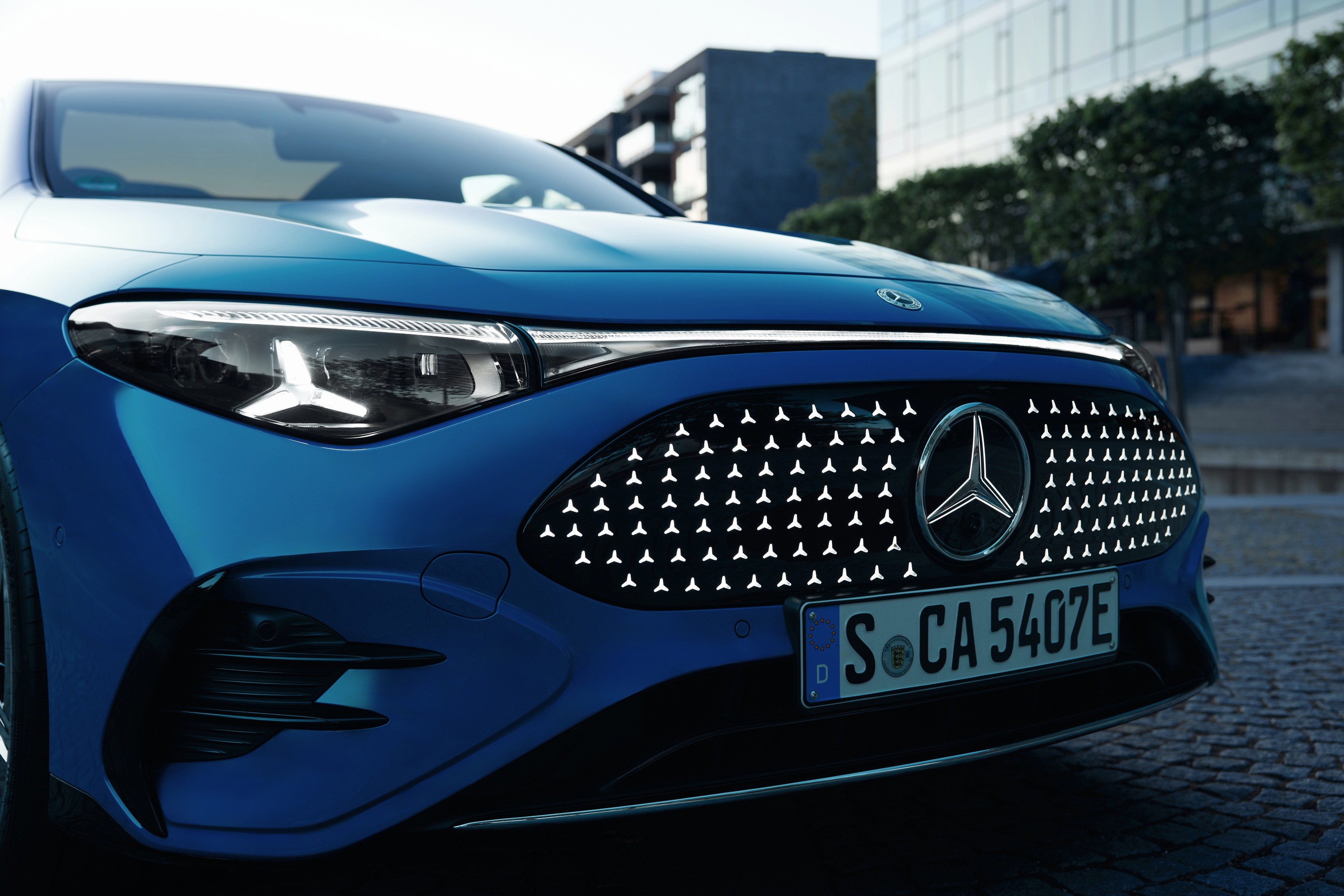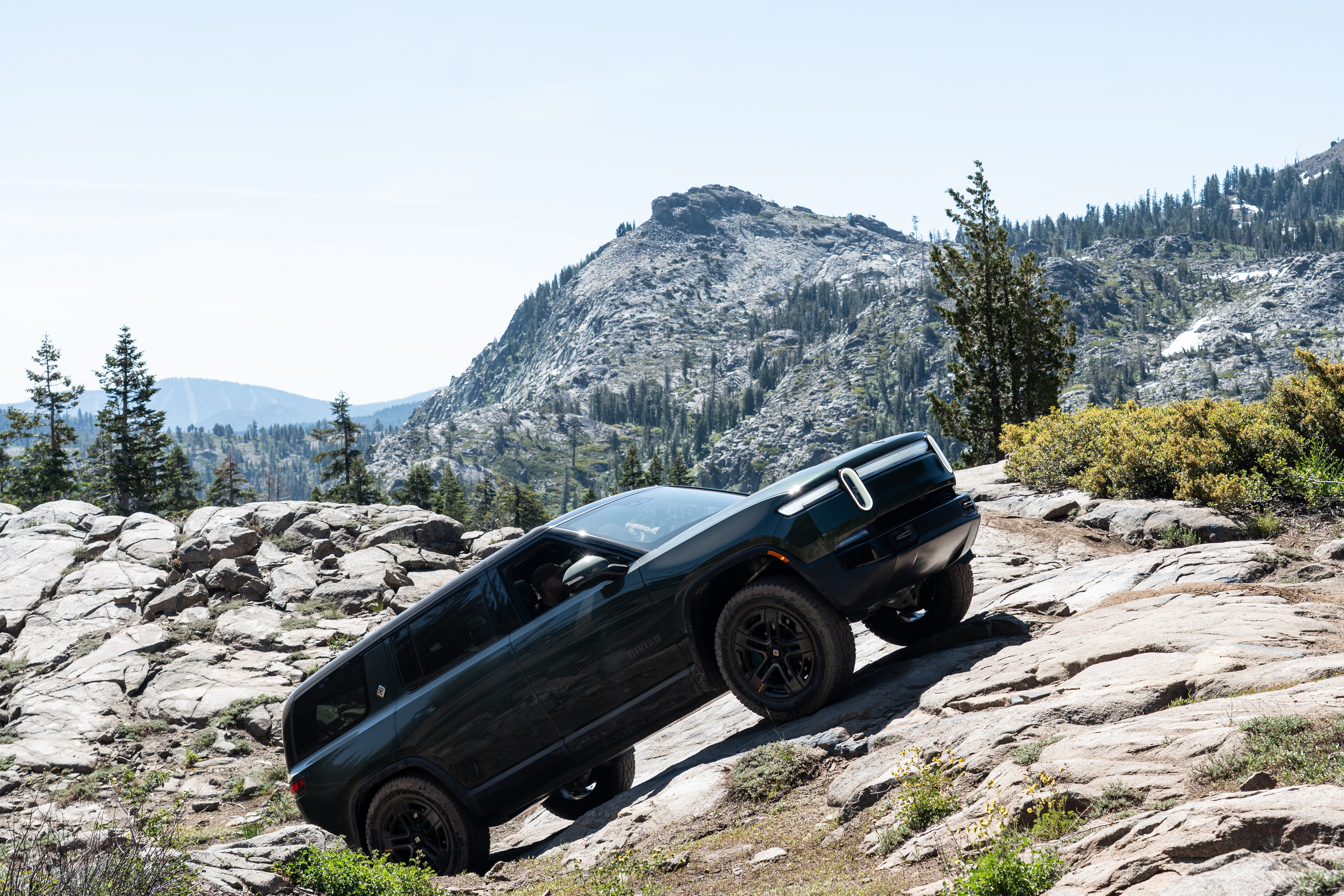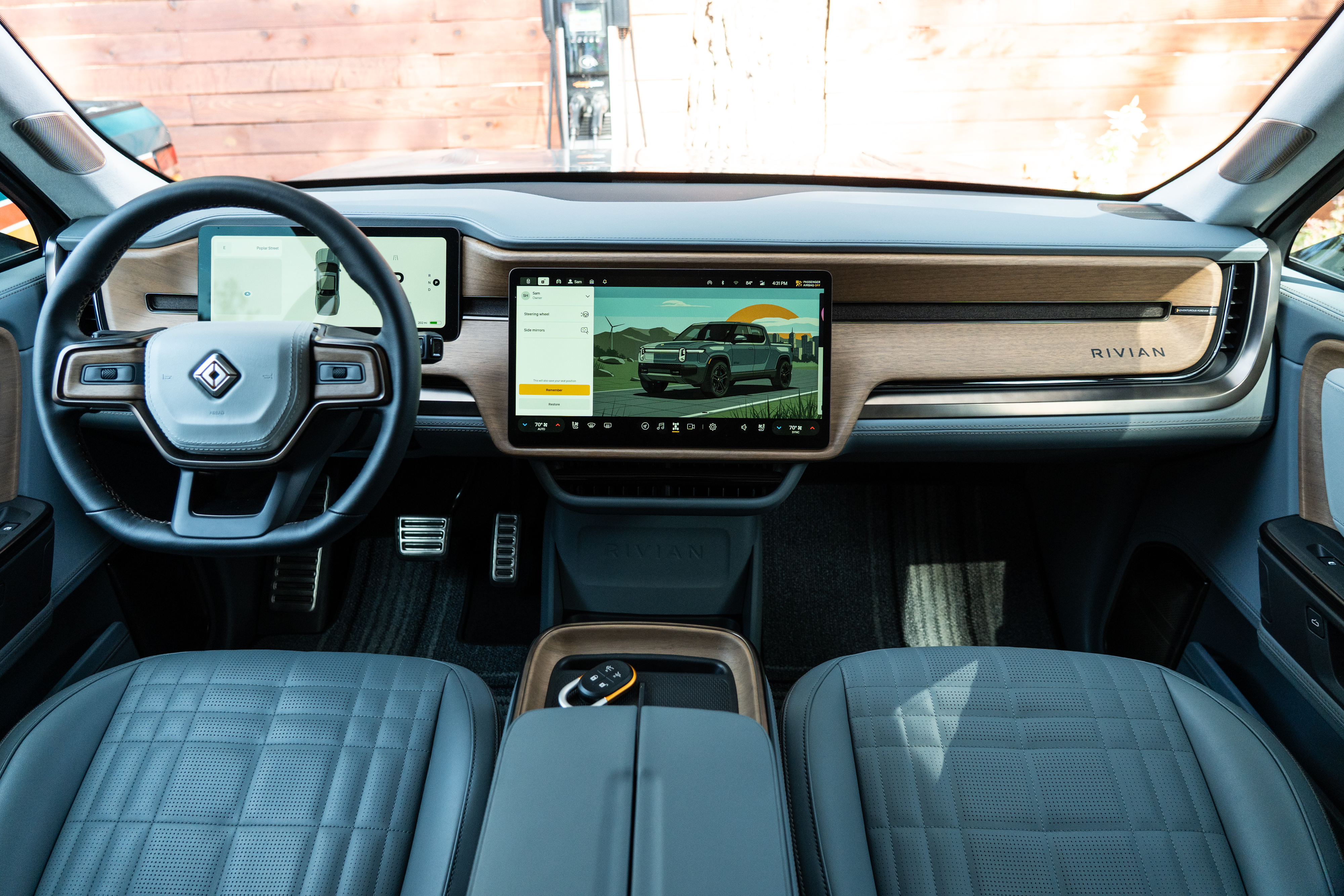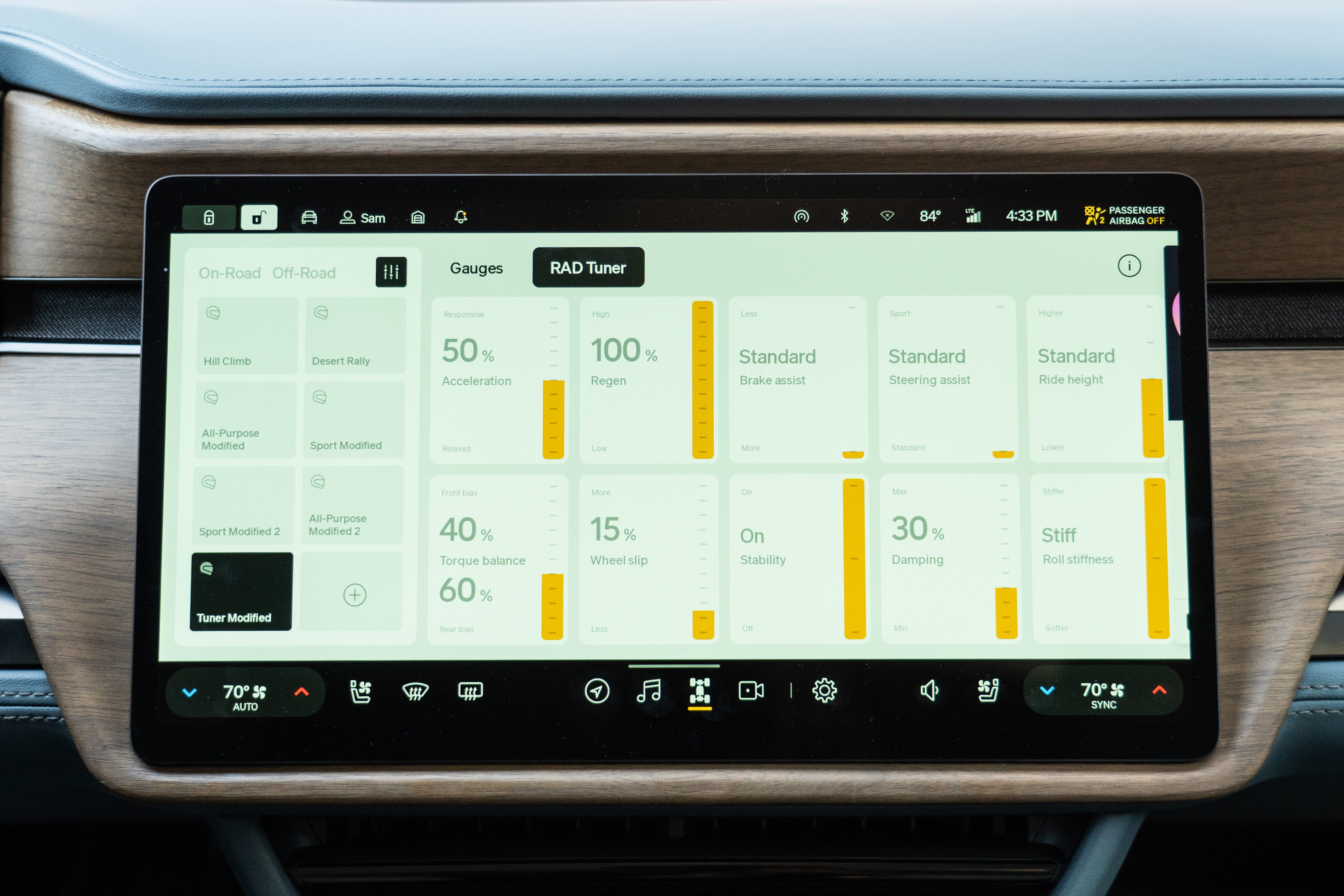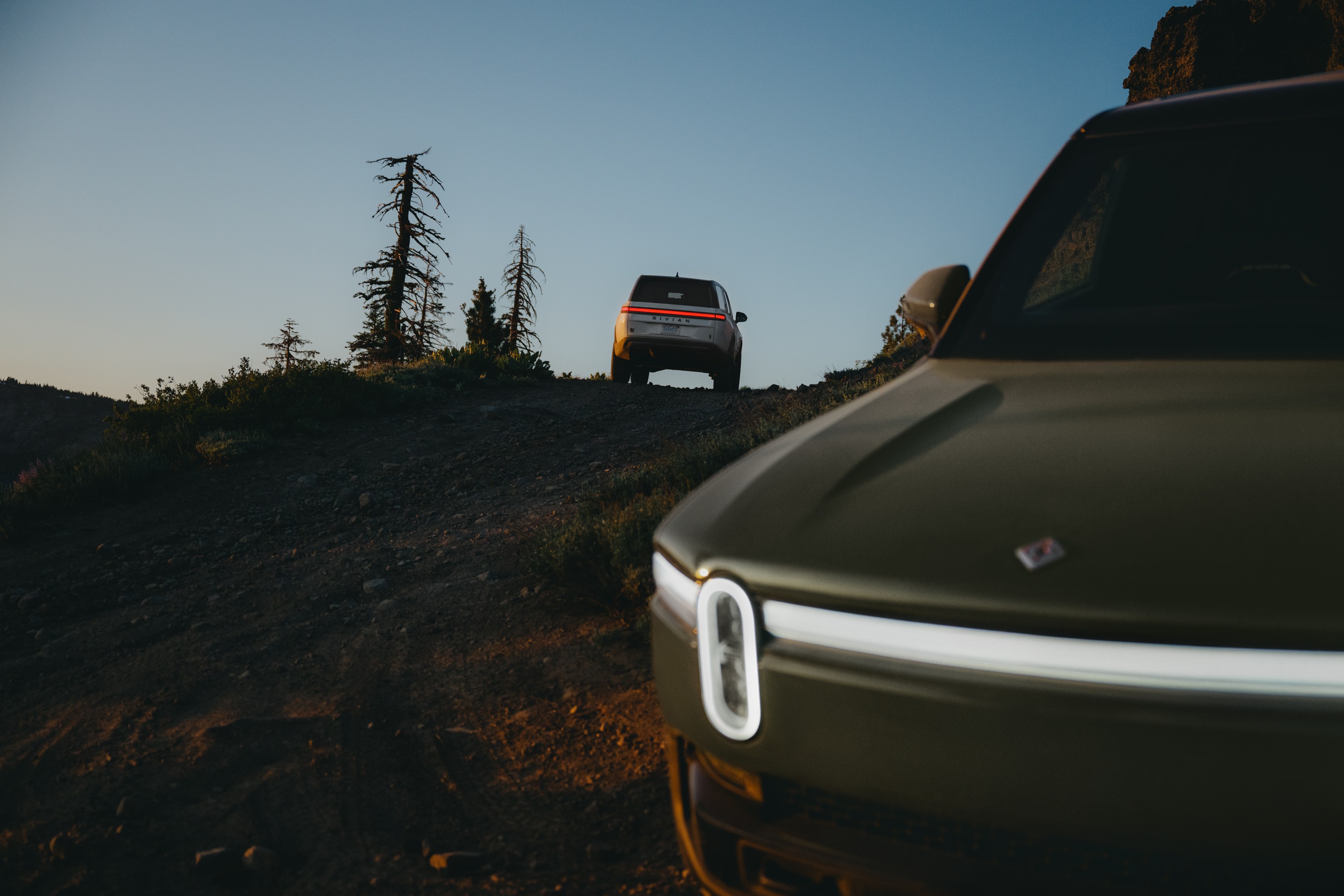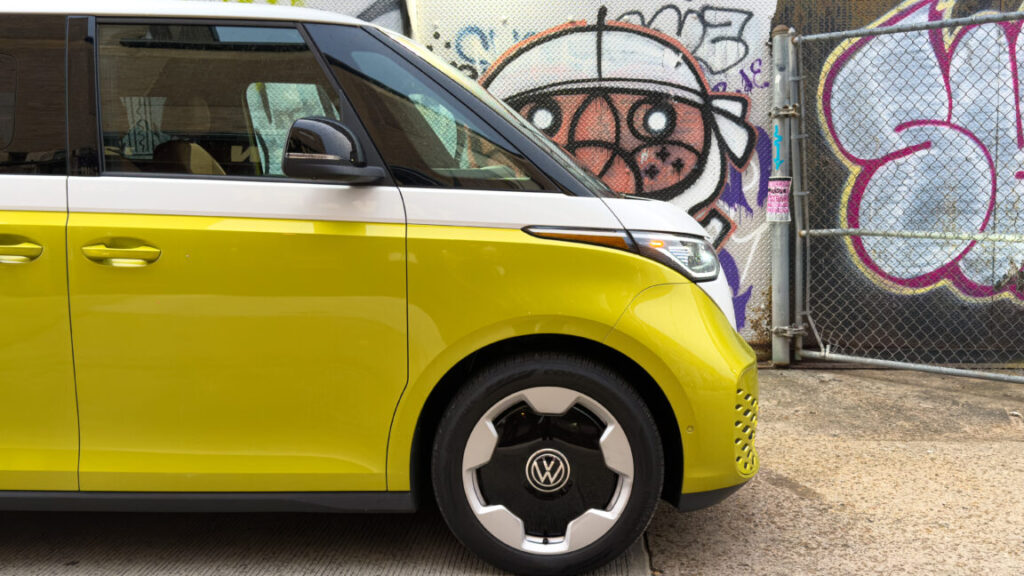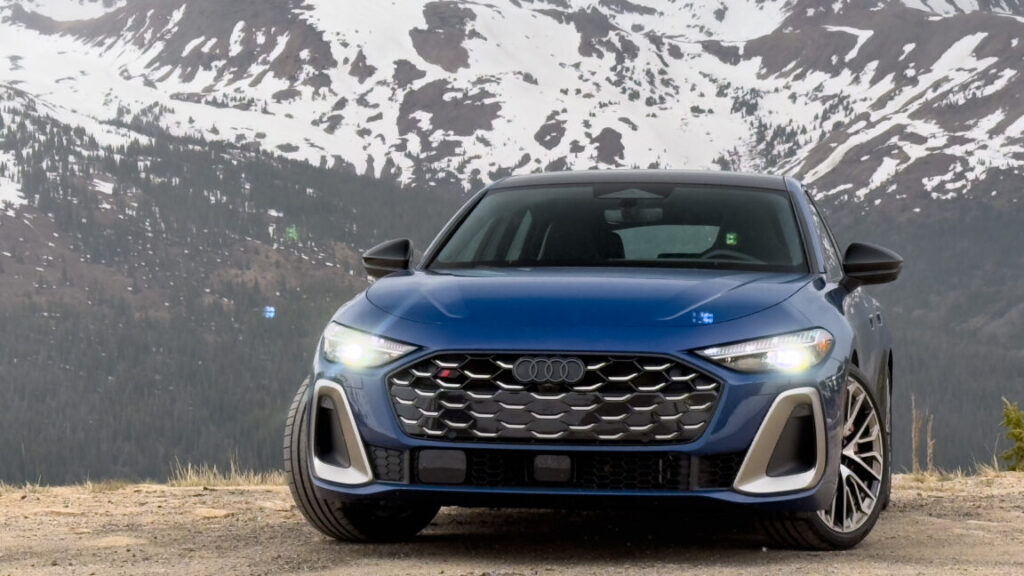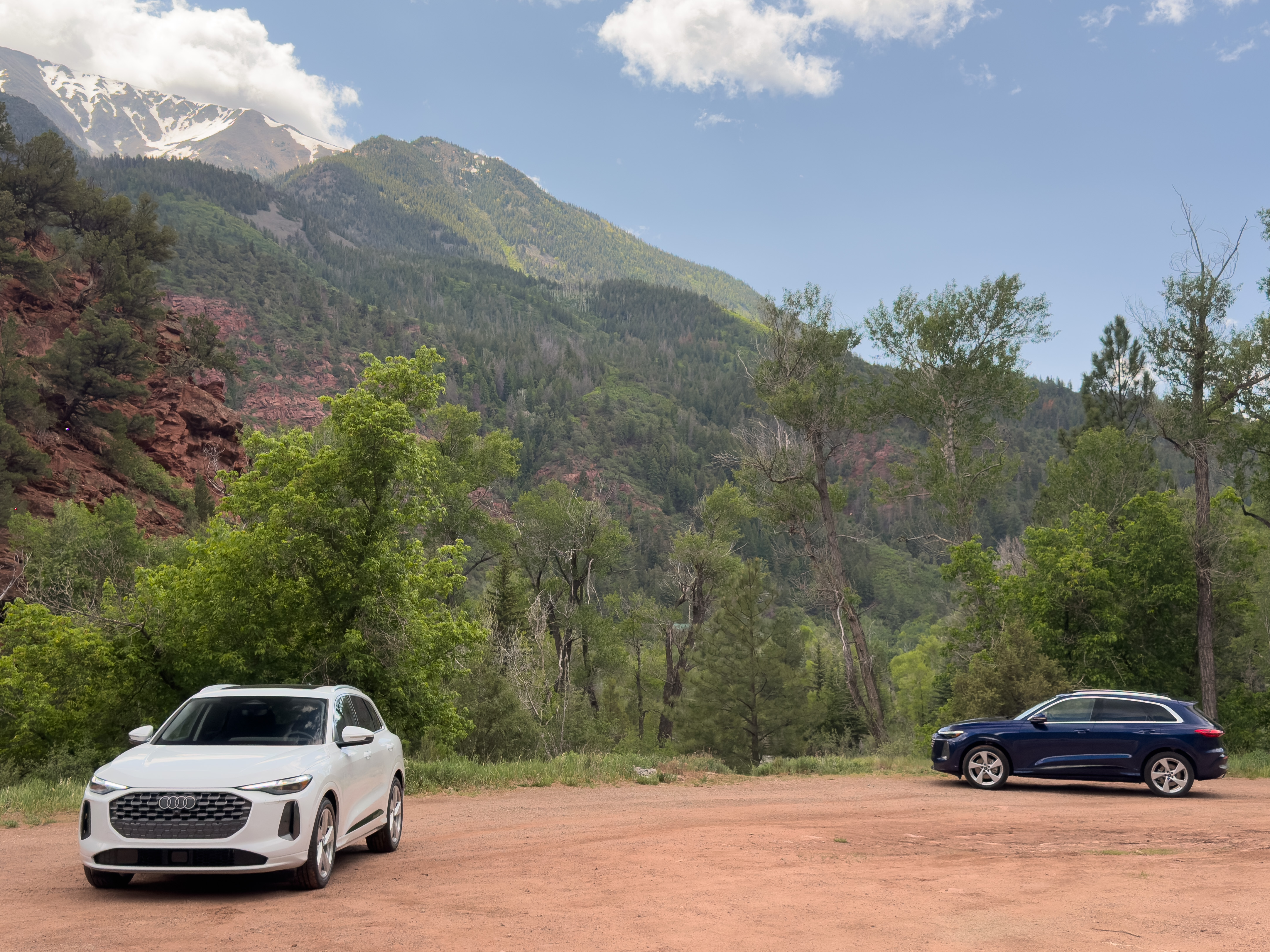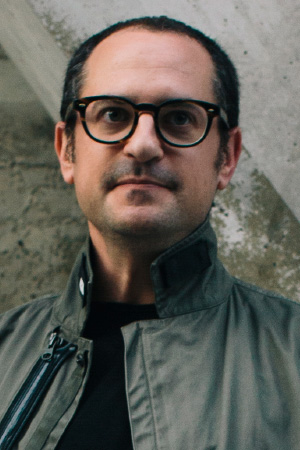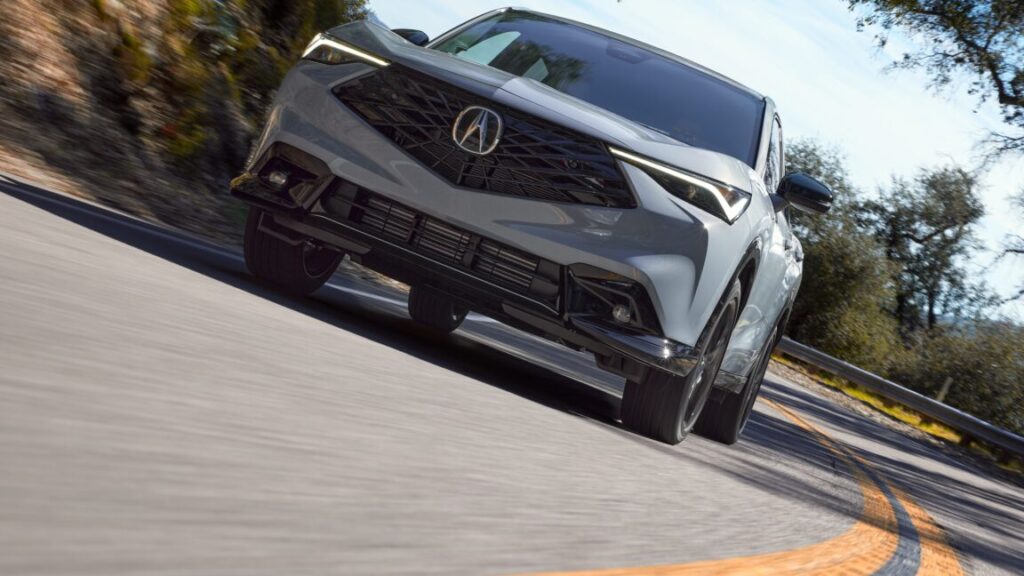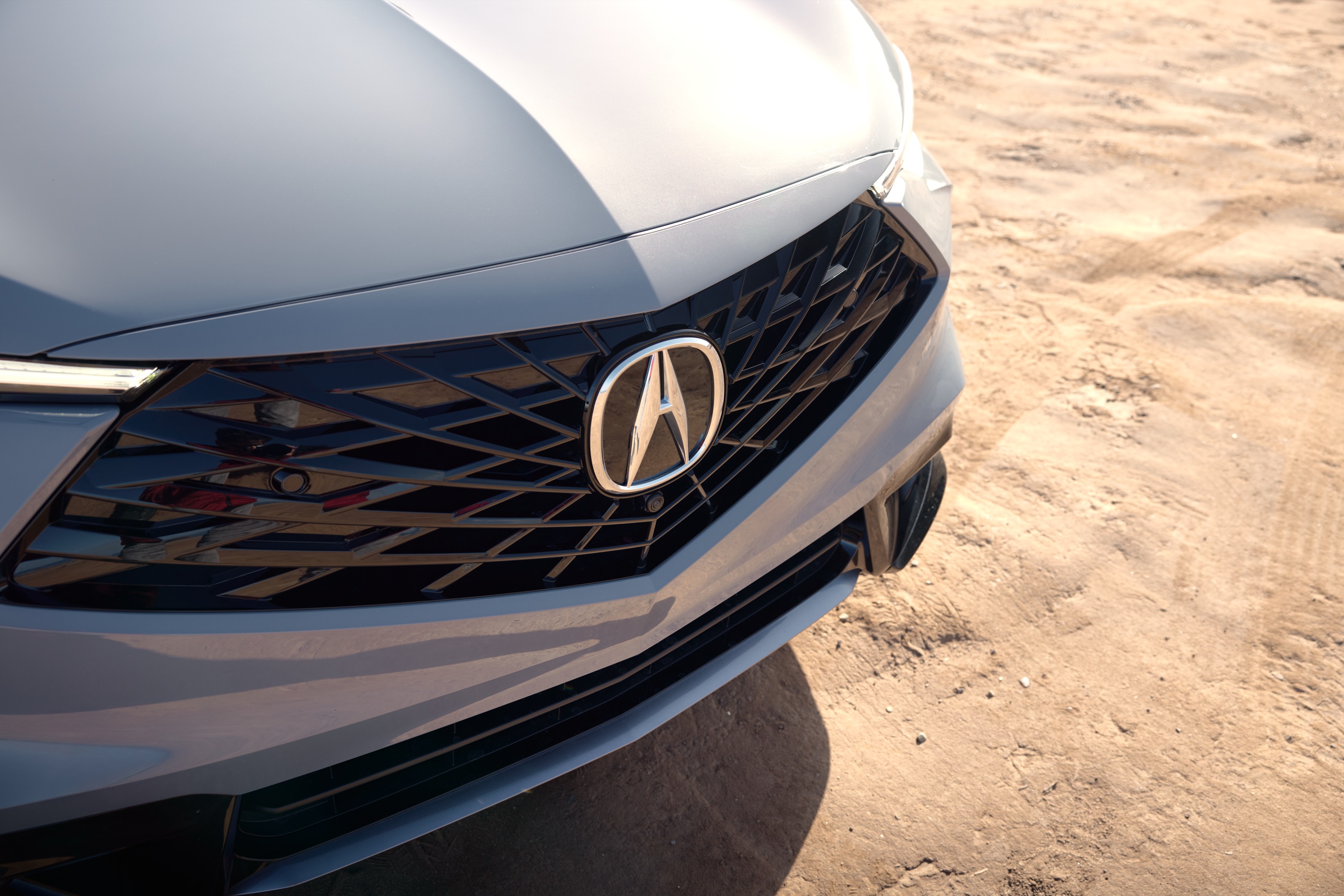The 2025 Audi RS 3 is a five-cylinder firecracker
First offered in a passenger car by Mercedes-Benz back in 1974, the five-cylinder engine has always been a bit of an automotive oddball. The unconventional configuration eventually gained a foothold in the 1980s with manufacturers who needed a transversely mounted motor that was narrower than a V6 but wanted something smoother and more powerful than an inline-four.
For a time, the engine, with its distinctive exhaust warble, became closely associated with Audi’s lineup, aided in no small part by the motorsport successes of five-cylinder rally cars like the Sport Quattro S1 E2. But as technology progressed and turbocharging became more prevalent, the need for a straight-five layout dwindled. Today, the $63,400 RS 3 is the final five-cylinder holdout—not just for Audi, but for production cars in general.
In an era increasingly focused on electrification and modularity, the improbable introduction of the second-generation RS 3 back in 2022 seemed like fan service—an apparition that would likely vanish after a handful of diehards got their fill. But despite the headwinds that traditional performance cars have faced in recent years, the RS 3 not only lives on, it has actually been refreshed for 2025. While the tweaks are more evolutionary than revolutionary, they make what was already a highly entertaining sports sedan even more compelling. Well, for the most part anyway.
On the outside, the RS 3 scores new front and rear fascias that clean up the look, while new matrix LED headlights and a new 19-inch wheel design bolster the performance-oriented vibe. The cabin, meanwhile, is outfitted with new multi-colored ambient LED lighting, a new low-profile shifter design, and a new steering wheel that incorporates two dedicated drive mode buttons and aluminum paddle shifters. The steering wheel’s C8 Corvette-style flat top and bottom design complements the interior’s angular theme, but the touch-sensitive control panels on the spokes (which replace the physical buttons and dials on the outgoing car’s steering wheel) feel like a step backward in terms of accuracy and overall usefulness.
The 2025 Audi RS 3 is a five-cylinder firecracker Read More »
